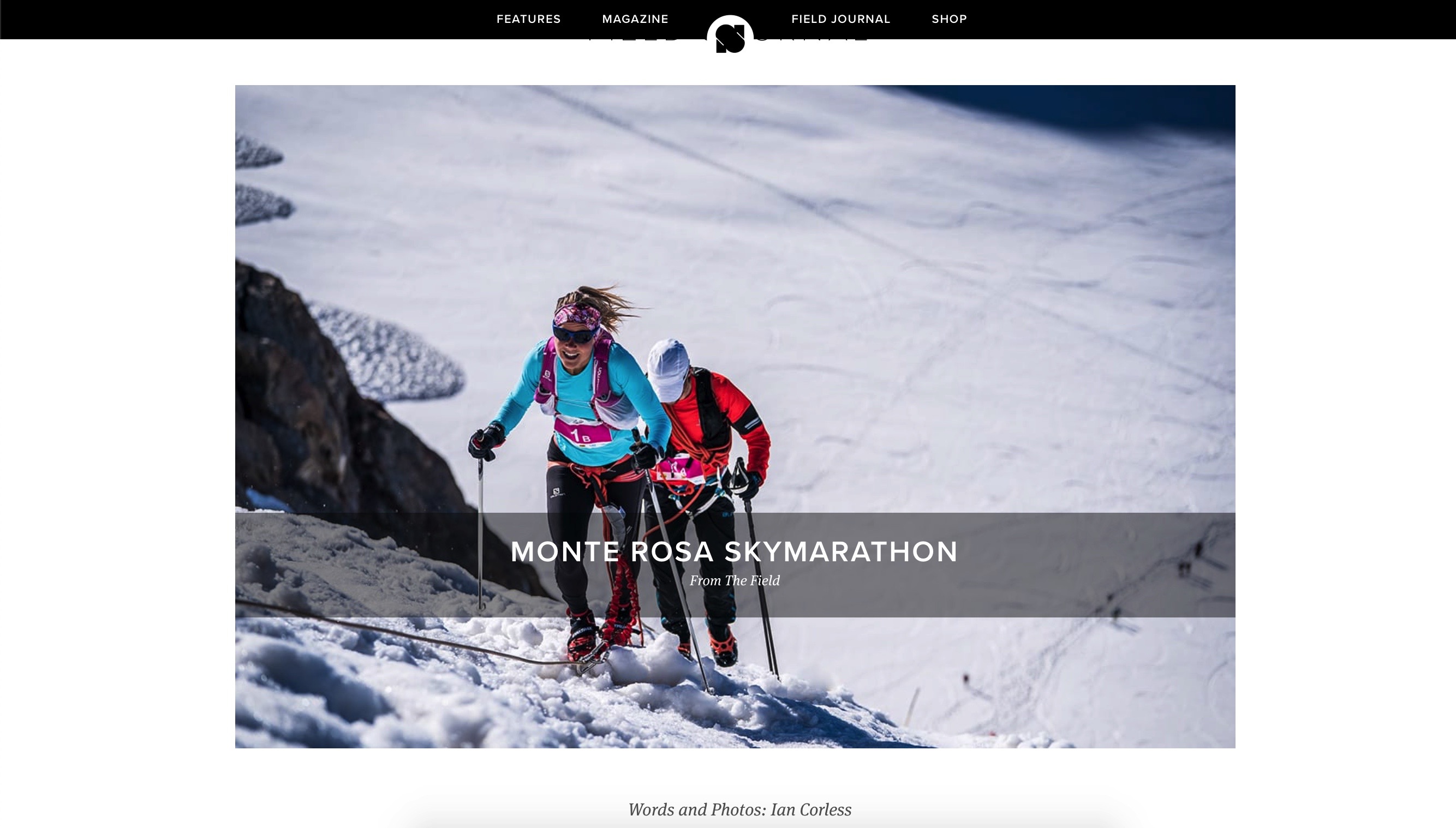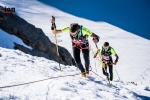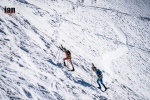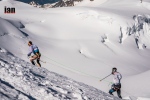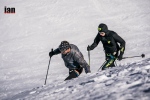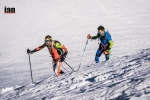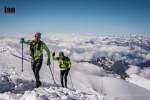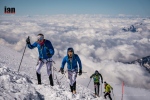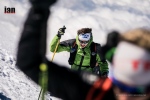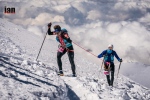
The last time I toed the line with purpose as a runner was in 2012. It was at the Lakeland 50 in the UK. I was confident, I was really fit and in April, I had won an ultra in Turkey.
However, everything was not ok.
I was getting constant knee pain and I kept ignoring it… Ultra runners are good at that!
Anyway, for much of Lakeland 50 I was near the front, that is until Ambleside and then it all fell apart with constant knee pain. My hopes of a top-10 disappeared and I eventually crossed the line in 36th place in 9:59. My target had been to run around 8:40. In retrospect, I should have been happy. But I wasn’t. I went away knowing that my knee issue had stopped me performing and it needing addressing.
My knee injury was chronic and required two, maybe three operations. I declined all knowing that knee surgery success is hit and miss. So, ever since, I have managed that pain, changed my goals and loved adventures. Gladly, big hikes and fast packing/ multi-day is what I really love. I still get pain, but I manage it. So, all is good. I am happy to do what I can. I run regularly, daily sometimes and even now, 30-50km training runs are a regular. But walking has always been something I have used to keep moving and rather than it being a negative, I always made it a positive.
So, why am I writing?
Well, I started running after cycling and triathlon. I have to say, I have never considered myself a good runner. I dropped my marathon PB to 2:53 which was creditable but in doing so, I lost the true reason for running. FUN! Do not get me wrong, I had loads of fun running but PB’s, time, diet and training all took over from a healthy outlook on my running.
I was obsessed by my running. I must clarify, I was previously obsessed by cycling and triathlon and that is why I stopped…!
Being a photographer and journalist has allowed me to look at running in many different ways. I mostly follow the elites, but multi-day races, such as Marathon des Sables, allow me to follow runners achieving a life time goal. I must clarify, achieving a life time goal may be a 5km, 10km, half-marathon and so on. I use longer distances as this is the area I usually deal in – ultra.
Many are looking to complete and not compete.
I have learnt since 2012 that I normally complete anything I set my mind to in sport and the reason for that is strategy, planning, getting the mind in the right place and yes, embracing walking!
The Older I Get, The Better I was!
So much truth here… For me anyway. As the time has passed from 2012 I have worked on races worldwide and all of those races have required me to have a level of fitness. For example, Everest Trail Race, I do pretty much most of the race with cameras – it is the only way. For personal adventure, I have done big treks, several in Nepal, the most recent being the ‘High Passes’ with the additions of Kala Pather, Everest Base Camp and Ama Dablam BC. In 2020 I have done more multi-day adventures than ever before; regularly moving in a self-sufficient (with tent) way for over a week. A recent trip to Jotunheimen in Norway lasted 9-days and in Trysil, I completed 100km in 2-days with an overnight wild camp. So, all is good!
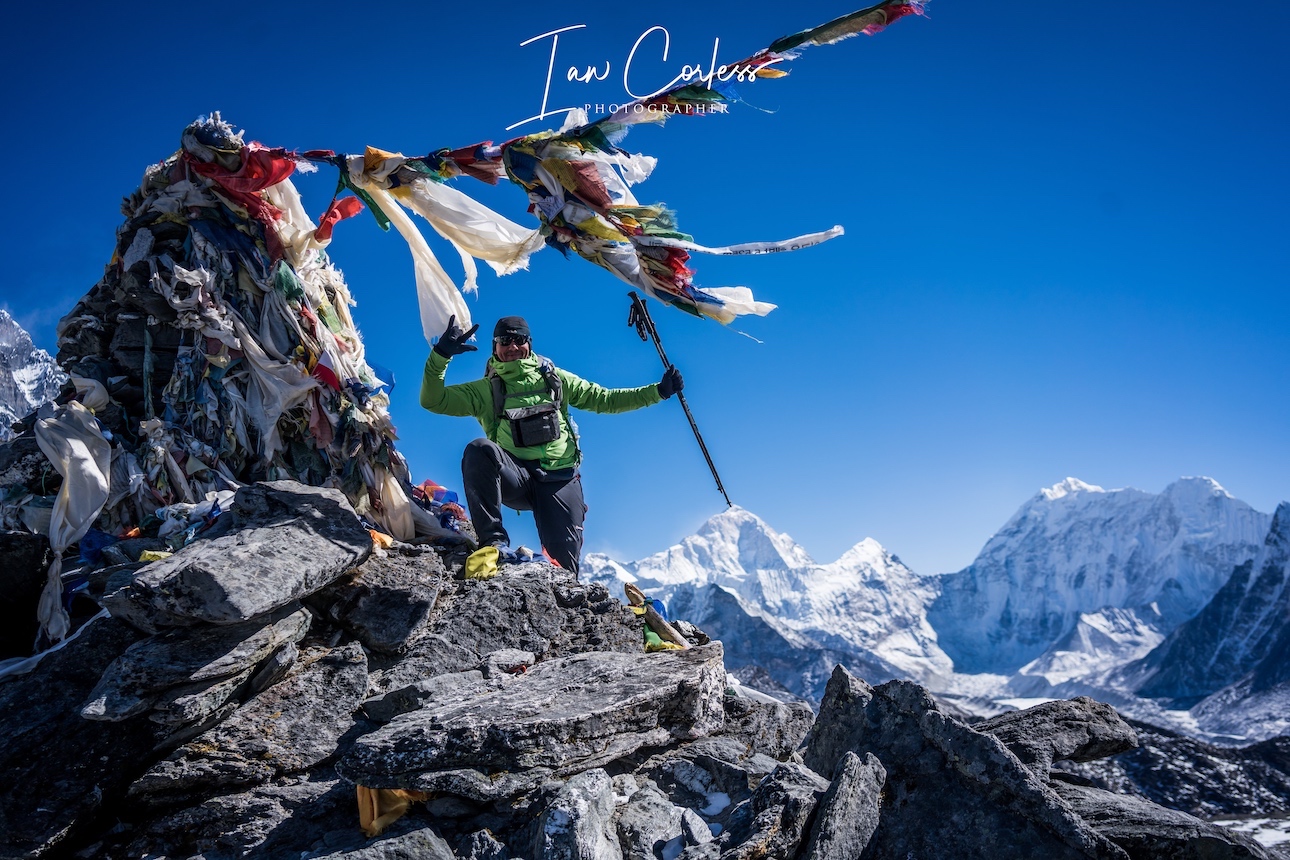
NEED COACHING and a TRAINING PLAN? HERE
There is one truth in completing. YOU NEED TO BE ABLE TO WALK.
Walking is often looked on as a negative. To be honest, I have heard some people say, ‘I don’t care what time I do, as long as I do not walk!’
The reality is, if walking is embraced, learned and practiced, finishing times will not only get faster but more enjoyable.
For perspective, we now include walking as a key training element at our Lanzarote Training Camp (HERE) with a specific walking group and one day dedicated to a long walk, for all!
So, how do you start?
Firstly, there is a big difference between walking to the shop for a carton of milk and walking in a race/ training. If there is not, there should be!
Walking in a race (or training) should be meaningful, strong and powerful.
There are many strategies one can use.
For example, one strategy I use is a thing I call “7’s” or “5×2”.
Quite simply, it is about covering 7km by walking 5km and running 2km.
JOIN MY LANZAROTE TRAINING CAMP, JANUARY HERE
The Strategy:
Firstly, with my coaching clients I ask them to walk 5km and time it. We then look at technique and discuss how to get faster.
I need to clarify here, we keep the route flat on road or good hard trail.
I am aiming for, where possible, sub 10-minute km’s. Now of course, many variables come in to play – terrain, weather, climbing and descending to name but a few. But let us assume flat terrain, good weather and fast trail.
Once we get the walking of 5km in under 50-mins, I then add running. Firstly 1km. So, walk 5km and run 1km. Once that fees comfortable, I add another 1km. And here is where the “7’s” or “5×2” comes in.
Basically, the plan is walk 5km and jog 2km.
Like any plan it is progressive, starting with walk 5 and jog 2. Then walk 5, jog 2, walk 5. Then, walk 5, jog 2, walk 5, jog 2 and so on…
This teaches the mind to break down distance and time in manageable blocks. You can focus on the walking, knowing that a jogging break is coming up. You can endure the jogging, knowing that a walking break is coming up.
Why, “7’s” or “5×2.”
Well, 7 conveniently goes in to a marathon – 7/14/21/28/35 and 42.
I think a marathon is something we all understand and although I will round numbers up (for ease) 50-miles is two marathons and 100-miles is four marathons, 7’s provides a great strategy.
So, you see my thinking?
Let’s say, you trained your walking to be so good, that you could walk 5km and jog 2km in under 1-hour. Suddenly, you are doing a 6-hour marathon with actually only maybe 50-60 minutes of total running.
So, if that pace is maintainable, you could do 50-miles in sub 12-hours and maybe even 100-miles in the desirable sub 24-hours!
Here is an example and of course, pace fluctuates based on terrain conditions, but it provides a good perspective.
Continue reading

